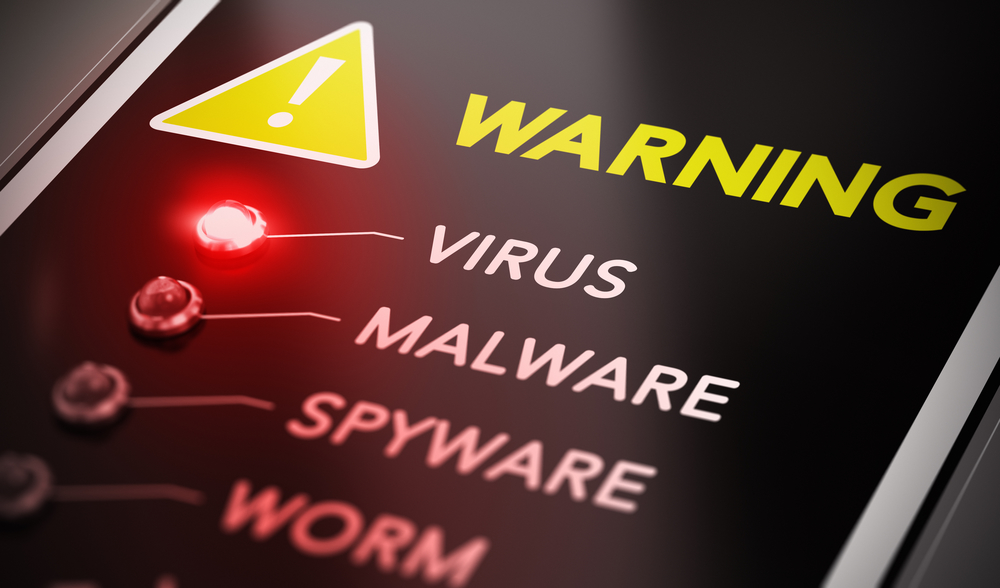With the increasing reliance on technology in our daily lives, the threat of computer viruses has become a major concern. These malicious software programs can cause harm to your computer, steal sensitive information, and even put your financial security at risk. In this blog, we will take a closer look at the different types of computer viruses and the steps they can take. By understanding the threat, you can take the necessary measures to protect your system and keep your information secure.
What Are Computer Viruses?
A computer virus is a type of malicious software (malware) that replicates itself and spreads from one computer to another, disrupting the normal functioning of a computer. It can cause harm to files, steal sensitive information, display unwanted ads, slow down the computer, or even render it unusable. Viruses often spread through email attachments, infected software downloads, or by exploiting security vulnerabilities in operating systems or applications.
What are the Types of Computer Viruses & What Steps They can Take?
1. File Infector Virus:
A file infector virus infects executable files, such as .exe or .com files, and spreads when the infected file is executed. The virus can infect files on a local computer or on a network, and it can also replicate itself by attaching to new files.
Steps the virus can take:
- Replicate itself by attaching to new files.
- Infect files on a local computer or on a network.
- Execute automatically when the infected file is run.
- Cause harm to files or steal sensitive information.
2. Boot Sector Virus:
A boot sector virus infects the boot sector of a disk, such as a hard drive or floppy disk, and starts every time the infected disk is booted. This type of virus can also infect the Master Boot Record (MBR) of a hard drive, which is responsible for booting the operating system.
Steps the virus can take:
- Infect the boot sector or MBR of a disk.
- Start every time the infected disk is booted.
- Spread to other disks and computers.
- Cause damage to the boot process or data on the disk.
3. Macro Virus:
A macro virus infects macros in documents, spreadsheets, or presentation files, which are often created using applications like Microsoft Office. The virus can be spread when the infected document is opened, and it can execute harmful macros.
Steps the virus can take:
- Infect macros in documents, spreadsheets, or presentation files.
- Spread when the infected document is opened.
- Execute harmful macros.
- Cause damage to files or steal sensitive information.
4. Rootkit Virus:
A rootkit virus is a stealthy type of virus that is designed to hide its presence and avoid detection. It can infect the operating system, drivers, and other critical components, and it can also hide the presence of other malware on a computer.
Steps the virus can take:
- Infect the operating system, drivers, and other critical components.
- Hide the presence of other malware on a computer.
- Avoid detection by security software.
- Cause damage to the operating system or steal sensitive information.
5. Worms:
A worm is a type of self-replicating malware that spreads rapidly through networks and the internet. Unlike viruses, worms do not need to attach themselves to a host file, and they can spread independently.
Steps the worm can take:
- Replicate itself rapidly through networks and the internet.
- Spread independently, without needing to attach to a host file.
- Consume network resources and slow down or disrupt network traffic.
- Spread to other computers and networks.
6. Ransomware:
Ransomware is a type of malware that encrypts the victim’s files and demands a ransom payment to restore access. The virus can spread through email attachments, infected software downloads, or by exploiting security vulnerabilities.
Steps the virus can take:
- Encrypt the victim’s files.
- Demand a ransom payment to restore access.
- Spread through email attachments, infected software downloads, or by exploiting security vulnerabilities.
- Prevent access to important files until the ransom is paid.
7. Adware:
Adware is software that displays unwanted advertisements on a computer. The software can be installed along with other software, or it can be included in a bundled package. Adware can also track the user’s web browsing habits and display targeted ads.
Steps the adware can take:
- Display unwanted advertisements on a computer
- Be installed along with other software or included in a bundled package
- Track the user’s web browsing habits
- Display targeted ads based on the user’s web browsing habits
- Slow down the computer or cause other performance issues
- Collect personal information without the user’s knowledge or consent.
8. Spyware:
Spyware is a type of malicious software that gathers personal information about the victim without their knowledge or consent. The information can include login credentials, credit card numbers, or other sensitive information. Spyware can be installed on a computer without the user’s knowledge, often through infected software downloads or security vulnerabilities.
Steps the spyware can take:
- Gather personal information without the user’s knowledge or consent
- Collect login credentials, credit card numbers, or other sensitive information
- Be installed on a computer without the user’s knowledge
- Spread through infected software downloads or security vulnerabilities
- Monitor the user’s activities and steal sensitive information
- Slow down the computer or cause other performance issues.
In conclusion
Computer viruses come in various forms and can cause harm to computers and personal information. Understanding the different types of viruses, such as file infectors, boot sector viruses, macro viruses, rootkit viruses, worms, ransomware, adware, and spyware, and the steps they can take, is important in protecting against malware and keeping information secure. It is crucial to take preventive measures, such as keeping software and security systems up to date, avoiding suspicious emails or software downloads, and regularly backing up important data, to minimize the risk of falling victim to a virus attack.

